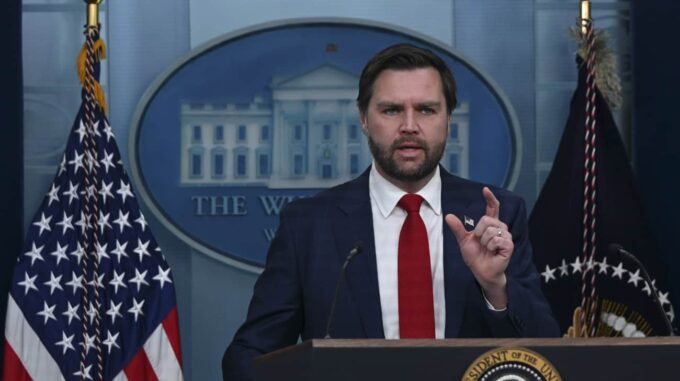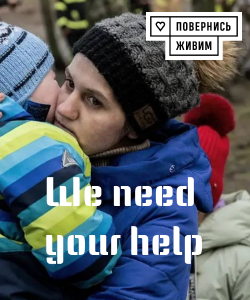The United States is preparing to take an important step toward resolving the conflict between Ukraine and Russia, aimed at bringing the two sides closer together — reports from Washington

U.S. Vice President Kamala Harris recently stated in an interview with Fox News that the diplomatic front remains complicated: “There is still a very wide gap in perceptions of the end of the war between Ukraine and Russia. The Trump administration is working to bring their positions as close as possible and facilitate the search for peace.” According to her, the main first step in resolving the conflict is for both sides to clearly articulate what they seek. “Earlier, the Ukrainians voiced their demands and wishes, and the Russians did the same. It is now crucial that diplomatic efforts work to align these positions, because the difference between what Russia and Ukraine want is not even close to being reconciled,” Harris emphasized. Sources within the American administration note that “peace proposals” have already been voiced and made public, and active work is underway to ensure that within Donald Trump’s next hundred days in office, these initiatives translate into tangible steps toward conflict resolution. He stressed: “We are working very diligently to bring the Ukrainian and Russian positions closer and take the first step toward peace in the near future.” The background to this diplomatic story is that in Paris, American officials handed over to Ukraine a draft of a one-page document, which they called the “final proposal” for resolving the conflict. As part of this initiative, the U.S. expressed willingness to recognize Russian control over Crimea and to ease some sanctions against Moscow. It is known that this proposal was officially presented as one possible basis for negotiations. According to statements by Ukrainian President Volodymyr Zelensky, during talks in London, the United States offered its own strategy for resolving the situation around Ukrainian territories. However, the Ukrainian leader mentioned that afterward, another document appeared, which supposedly contained alternative proposals. London, in turn, confirmed that Ukrainian and European representatives had familiarized themselves with the new diplomatic initiatives, including texts of ideas and proposals for ending the war that were conveyed by the U.S. Coinciding with these events, information emerged that negotiations regarding future peace between Ukraine, Russia, and the West are still in a dynamic stage. Various versions and hypotheses are circulating in the press about the possible end of the war: from discussions about returning to the 2021 borders to potential compromises regarding control over Crimea and mechanisms for future cooperation. Meanwhile, experts are working to decipher unknown details of a “peace agreement” that could resolve this most complex crisis in modern Europe, involving not only Kyiv and Moscow but also the U.S., the European Union, and other international players. While the situation remains tense, Ukrainian politicians and the international community are rushing to find compromises, but tangible steps remain elusive. Whether American diplomatic efforts can serve as a catalyst for the long-awaited peace is still an open question. However, it is clear that Washington is already preparing for decisive actions, and the coming months will be crucial for the future course of the conflict — when diplomacy and political will for peace might finally prevail over confrontation.

